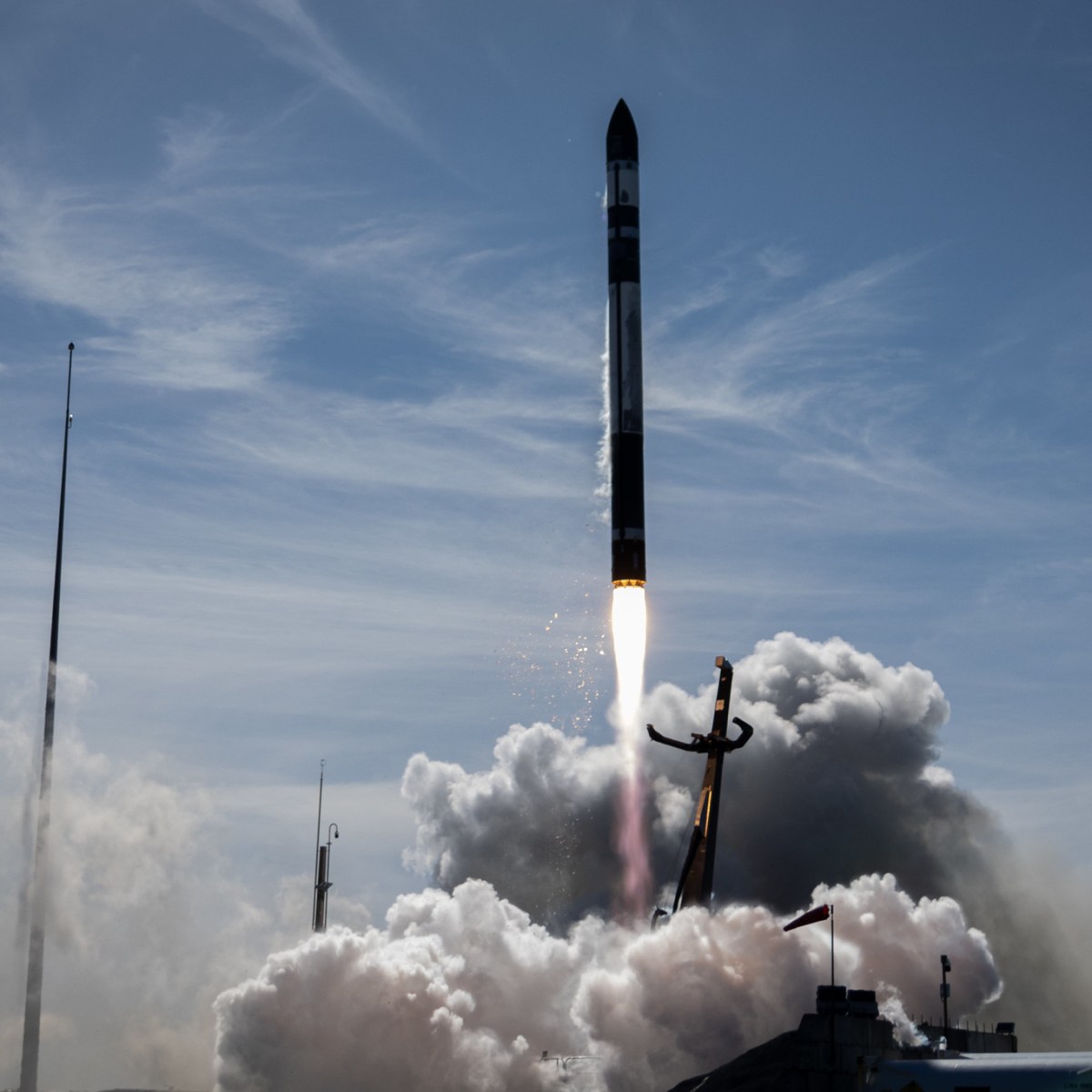Rocket Lab launched a pair of Electron rockets with 24 hours of each other Nov. 24, a first for the company.
One Electron lifted off from Rocket Lab’s Launch Complex 2 on Wallops Island, Virginia, at 1 a.m. Eastern. That launch used a suborbital version of the rocket, called Hypersonic Accelerator Suborbital Test Electron (HASTE), intended for use in hypersonic testing.
Rocket Lab followed the HASTE mission with an orbital launch of Electron from its Launch Complex 1B in New Zealand at 10:55 p.m. Eastern Nov. 24. The rocket successfully deployed into orbit a third set of five satellites for French company Kinéis, which is deploying a constellation to provide Internet of Things connectivity services.
The two launches marked the fastest turnaround time between launches in the company’s history, which previously had been about a week. The company added that this is also, to its knowledge, the first time a single launch operator carried out two launches in different hemispheres within 24 hours.
“That’s unprecedented capability in the small launch market and one we’re immensely proud to deliver at Rocket Lab,” Peter Beck, chief executive of Rocket Lab, said in a statement.
With these two launches, Rocket Lab has conducted 14 Electron launches so far this year. While the company originally projected as many as 22 launches this year, Beck said in a Nov. 12 earnings call that the company was maintaining revised guidance of 15 to 18 Electron launches for the year. “The customers are looking good, so I think we’ll be within that range,” he said.



Is the suborbital one that one that was not livestreamed probably due to a confidential payload? Any speculation on what would be on a suborbital launch?
The suborbital ones are for hypersonic testing. Like, testing missile parts.
Ah, interesting. But it’s just a payload, right? So the missile parts would be something like testing electronics to ensure they handle the stress? Because they wouldn’t be control systems or anything like that.
Do they do it on commercial launches because it’s cheaper or so no one is worrying it might be a real missile?
They have some cool diagrams showing possible payloads in different fairings:
https://www.rocketlabusa.com/launch/haste/
I’m guessing the main reasons are cost and response time.
Ah cool, thanks for the link!